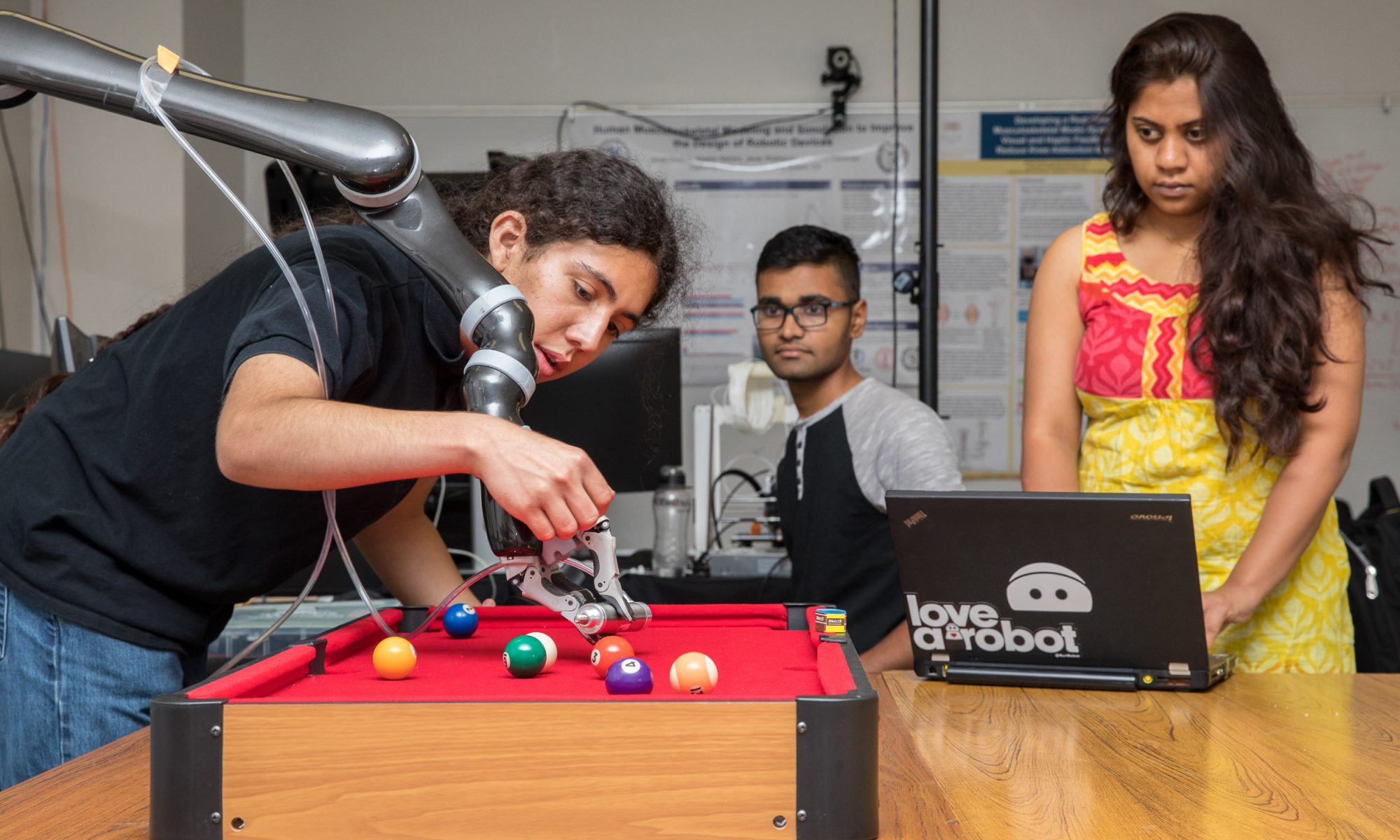Last summer, while working as an OSRP Research Assistant, chemical engineering undergraduate Quang Ly faced a problem so challenging he almost gave up. But because the problem was so compelling—with potential major applications for fuel-cell batteries—he persevered.
“It was very frustrating. Sometimes I wanted to give up, but then I would take a rest and get back to it the next day,” he said.
After two months of effort, he made a breakthrough—attaching an -OO group, the first step in attaching OO to the graphene. Frequent conversations with his advisor Ted Yu were a big help in understanding the problem. Ly entered his paper, “Quantum Mechanics Simulation of Fe–N–C,” in the CSULB Student Research Competition, placing second. Then, unexpectedly, he became one of 10 CSULB undergraduate and graduate students selected to compete on the systemwide level April 29-30.
When he arrived at California State University Bakersfield the night before the competition, Ly couldn’t find anything to do. So he spent the evening practicing. “I knew my presentation skills weren’t that good, so I lined up pillows on the couch like they were judges and practiced,” he said.
He thought it a good sign that the judges asked a lot of questions, but was still surprised when he was notified that his paper won second place in the Engineering and Computer Science category. Overall, five CSULB students received awards, more than any other CSU campus.
“I was truly surprised when I got the second prize because there are many other schools that are very strong in engineering such as Cal Poly Pomona and Cal State San Luis Obispo,” he said.
Ironically, Ly said he did “very bad” in the first chemistry class he took as an 8th-grade student back in Vietnam. “The teacher said, ‘Why are you so bad?’” That inspired Ly to improve, and by the end of 10th grade, he was a top student.
Ly considered studying chemistry at CSULB, but was attracted by the problem-solving associated with chemical engineering. Right away, he was drawn to the theoretical side, instead of the more popular experimental side.
“Not many students want to get into the theoretical side,” he said. “It’s very interesting. It deals with the fundamentals. When you can solve a fundamental problem, there are many applications.”
Ly’s work in attaching OO to iron-nitrogen-doped graphene is a step toward coming up with a cheaper and more environmentally friendly catalyst to platinum, which can account for up to two-thirds of a fuel-cell battery’s cost.
“A lot of people say that material has a strong performance. People don’t know why it works well,” Ly said.
This summer, Ly was accepted into the CSULB BUilding Infrastructure Leading to Diversity (BUILD) program, which offers intensive research-training opportunities for undergraduate students interested in pursuing a research career in health-related research. He will work on two papers, including one for submission to the IEEE Green Energy and Systems Conference. An honor student, Ly also works 18 hours a week as a waiter. He is thankful to Raja Kalavacherlaand Karan Sautbine who he worked with last summer on the research project.


